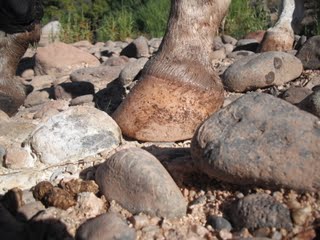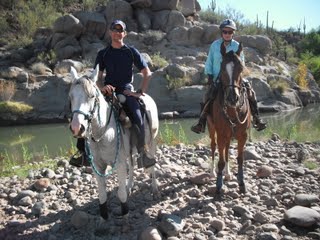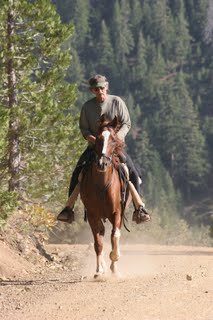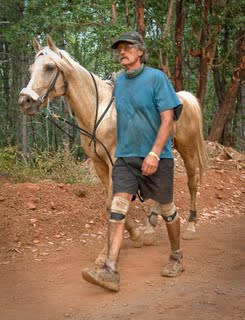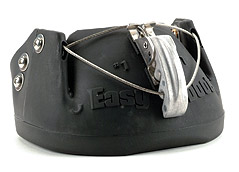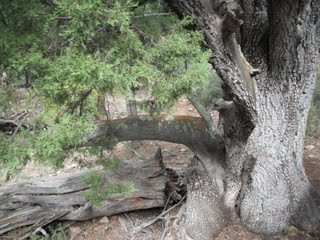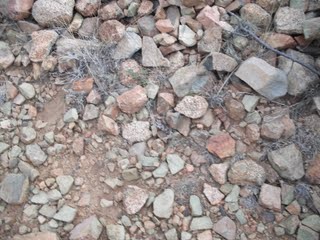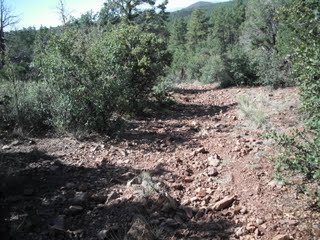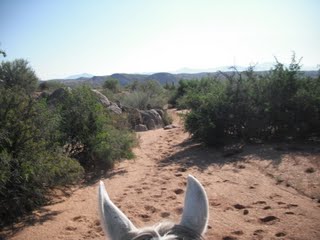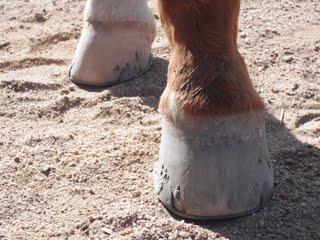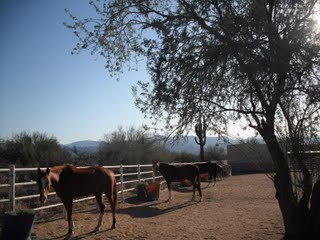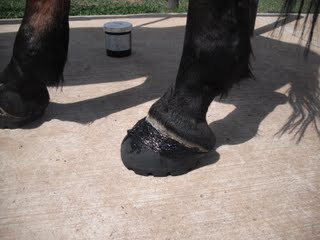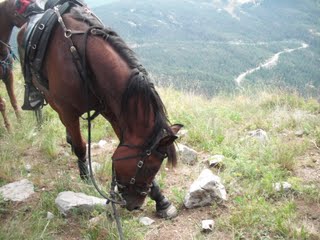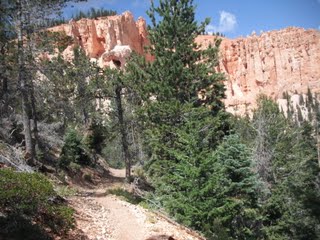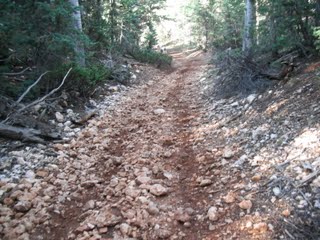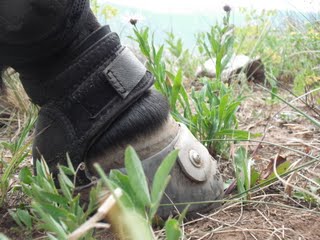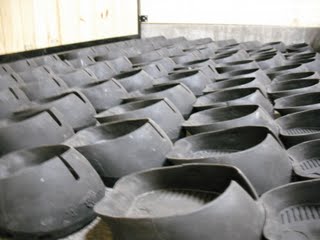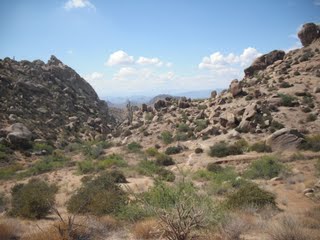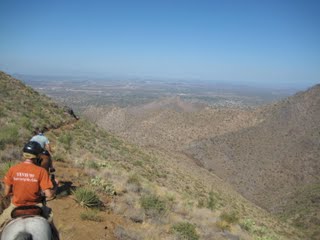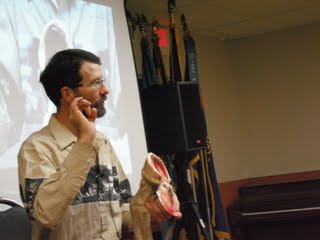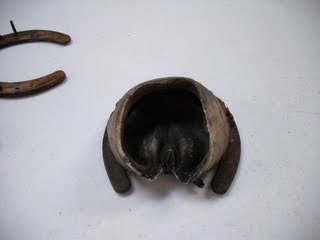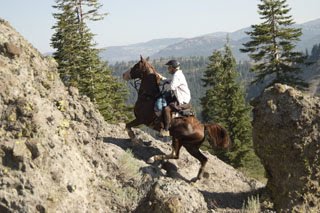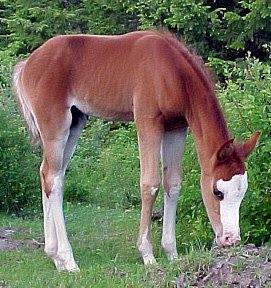If You Guys Only You Knew... Five Things You Should Know If You Are Thinking of Pulling Shoes
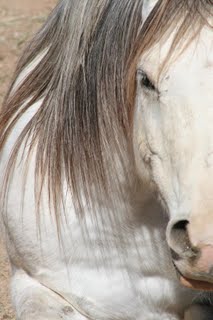
Rocky. Photo © Merri Melde.
When I decided to make the transition to barefoot I made a commitment to stick with it for six months. As that date approaches, there are five things that stick out as some of the most important lessons along the way. It has not all been wine and roses: two of the five horses at our place went through some sore weeks. Both cases were due to human error.
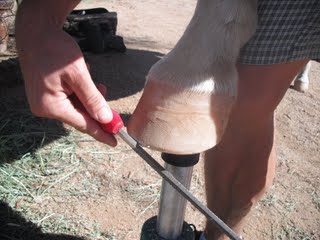
Maintaining a mustang roll.
1. The role of the sole
Rocky was the first to get tender: we were merrily soaking his feet every couple of days and then carving out his false sole with a farrier’s knife. We thought we were going to accelerate the process of exfoliation and make the transition faster. Obviously that was the worst thing we could have done: he went from being sound to being tender footed. We quickly changed our strategy and it took him a couple of weeks to be pain free.
2. Even professionals can make mistakes
Redford was the horse who seemed to be suffering the most from the effect of shoes: his hoof walls were separating from white line disease. The first few weeks with him barefoot were mostly problem free. He was moving around fine without boots, but he was a little sore in the heel area which prevented him from landing heel first. I had his feet trimmed a couple of days before I was supposed to leave for a ride. The trimmer left most of the false sole and trimmed the hoof wall down below the level of the sole.
By the time I got home that evening Red could hardly walk: he was really sore. I had another trimmer come and give me a second opinion a few days later: it was decided there was too much sole and it was creating pressure. It was as if he was walking on snow balling up under his feet. The second trimmer brought the sole down to the level of the hoof wall and Red was instantly much more comfortable. He was sound again within a couple of days.
Read the full story here

